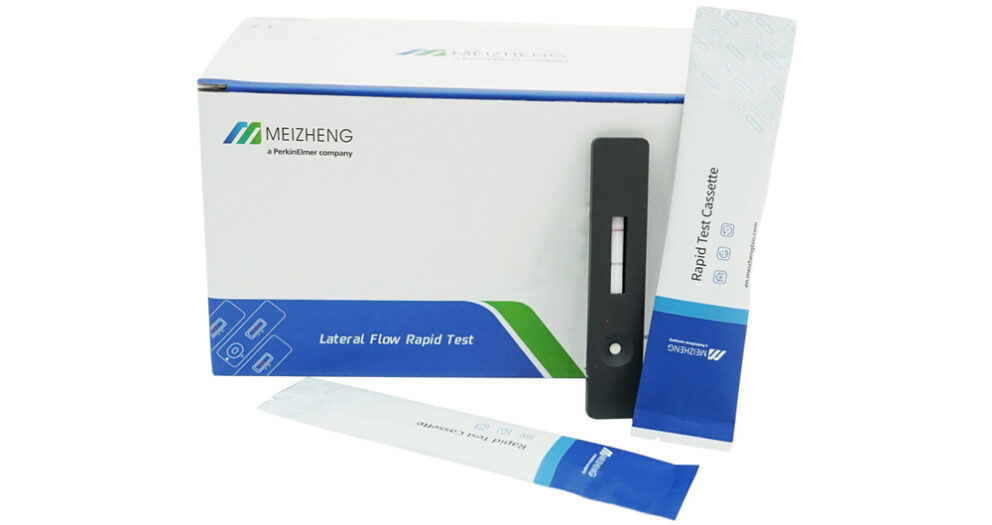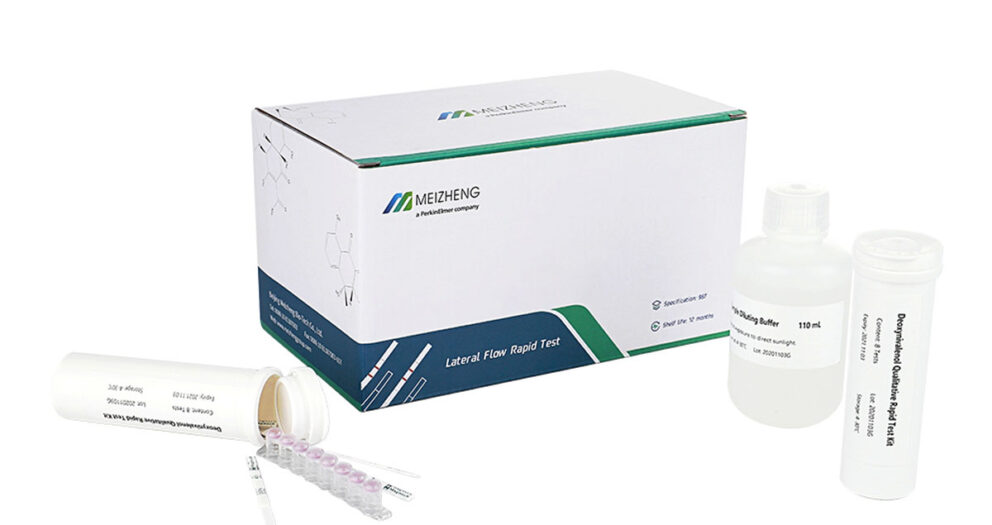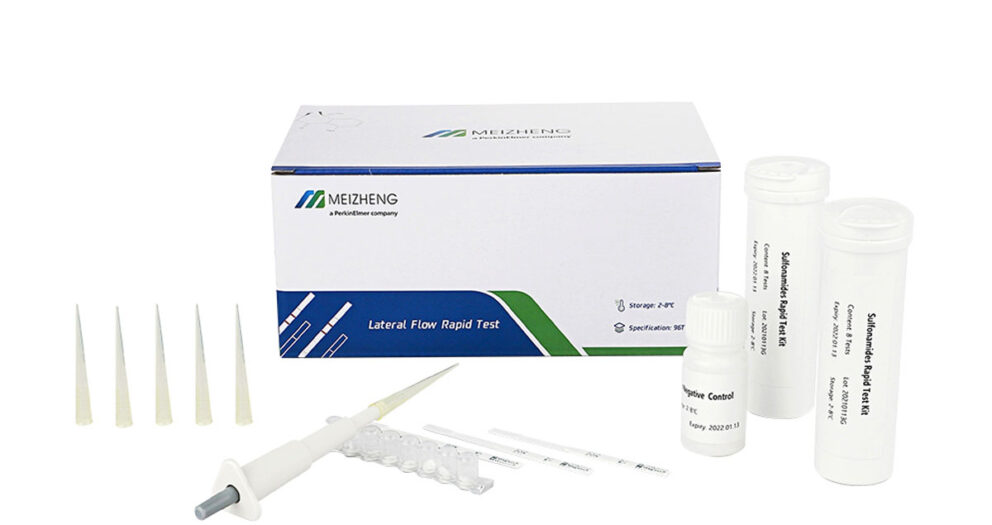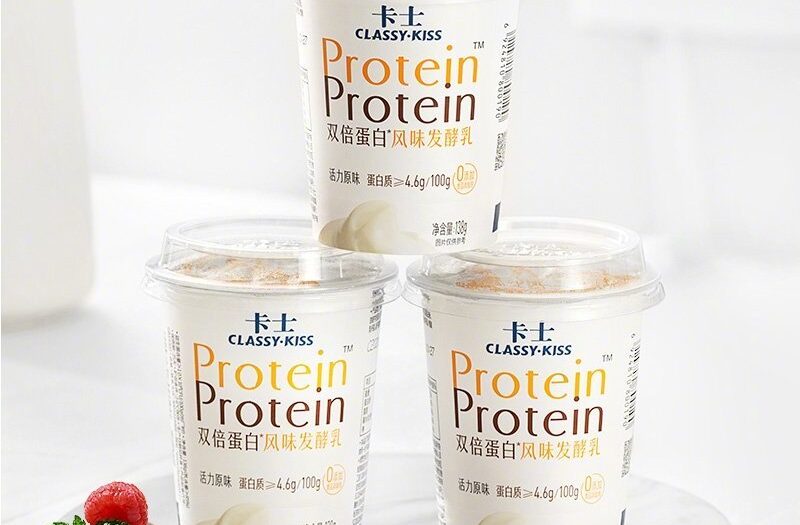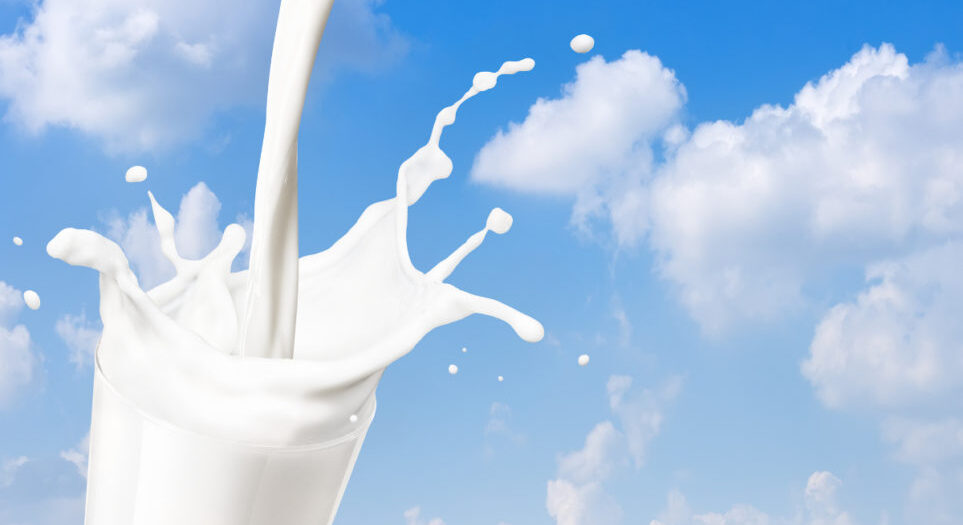Colorants generally include natural pigments and food synthetic pigments. Among them, carefully synthesized food pigments mainly include: amaranth, carmine, tartrazine, sunset yellow, indigo, allura red, etc.
At present, my country mainly uses high performance liquid chromatography to detect synthetic pigments. High performance liquid chromatography not only has high sensitivity, but also has high precision. According to the provisions of “Determination of Synthetic Colorants in Food” GB/T5009.35-2016, firstly use liquid chromatography to measure synthetic colorants. By using high performance liquid chromatography, synthetic colorants in food can be effectively detected. Element.
In addition, the content of synthetic pigments can also be detected by using detection techniques such as paper chromatography, oscillographic polarography, high performance liquid chromatography-mass spectrometry, ultra-high performance liquid chromatography, capillary electrophoresis, and kit methods. .
Detection method of color protectant
Color-preserving agents in the food industry mainly include additives such as nitrite and nitrate. Bad traders add color-preserving agents to ham, bacon, sausages and other foods in order to improve the appearance and color of meat products and stimulate consumers. Desire to buy, thereby making a profit. At present, my country’s “Hygienic Standards for the Use of Food Additives” GB2760-2014 stipulates the latest testing standards for nitrites and nitrates. By adopting relevant testing methods, the residues and scope of use of color-preserving agents are tested to ensure that the products meet food safety. Hygienic quality requirements.
For nitrite and nitrate color-retaining agents, ion chromatography is mainly used for detection in my country. In addition, detection techniques such as spectrophotometry, oscillographic polarography, capillary electrophoresis, and high performance liquid chromatography can be used for this detection. The detection of residues of color-preserving agents can effectively monitor the type and content of additives in food and protect the vital interests of consumers.
Methods for the detection of preservatives
At present, unscrupulous traders in my country’s food industry add various preservatives to food in order to prevent food from spoiling. Among them, commonly used preservatives mainly include sorbic acid and its salts, benzoic acid and its salts, ethyl p-hydroxybenzoate, propyl p-hydroxybenzoate, nitrite and nitrate, sulfite, sodium diacetate and other additives.
In my country, preservatives are mainly detected by detection techniques such as spectrophotometry, gas chromatography, ion chromatography, capillary electrokinetic chromatography and high performance liquid chromatography. The more commonly used detection methods are gas chromatography and high performance liquid chromatography. These two detection methods can simultaneously measure a variety of preservatives, which is simple and fast, and the detection results are more accurate.
As more and more foods are mixed with preservatives, too single detection method has been unable to accurately detect the content and types of preservatives remaining in food, and high performance liquid chromatography can effectively, accurately and quickly detect the preservatives in food agent category.
View more quality illegal additive test kits.



